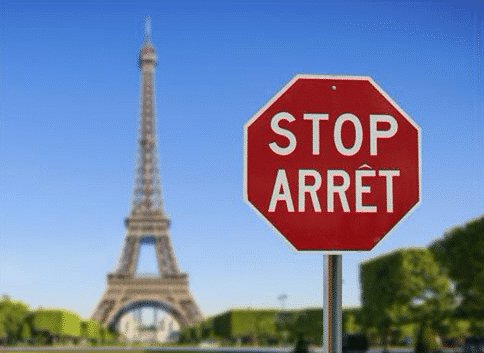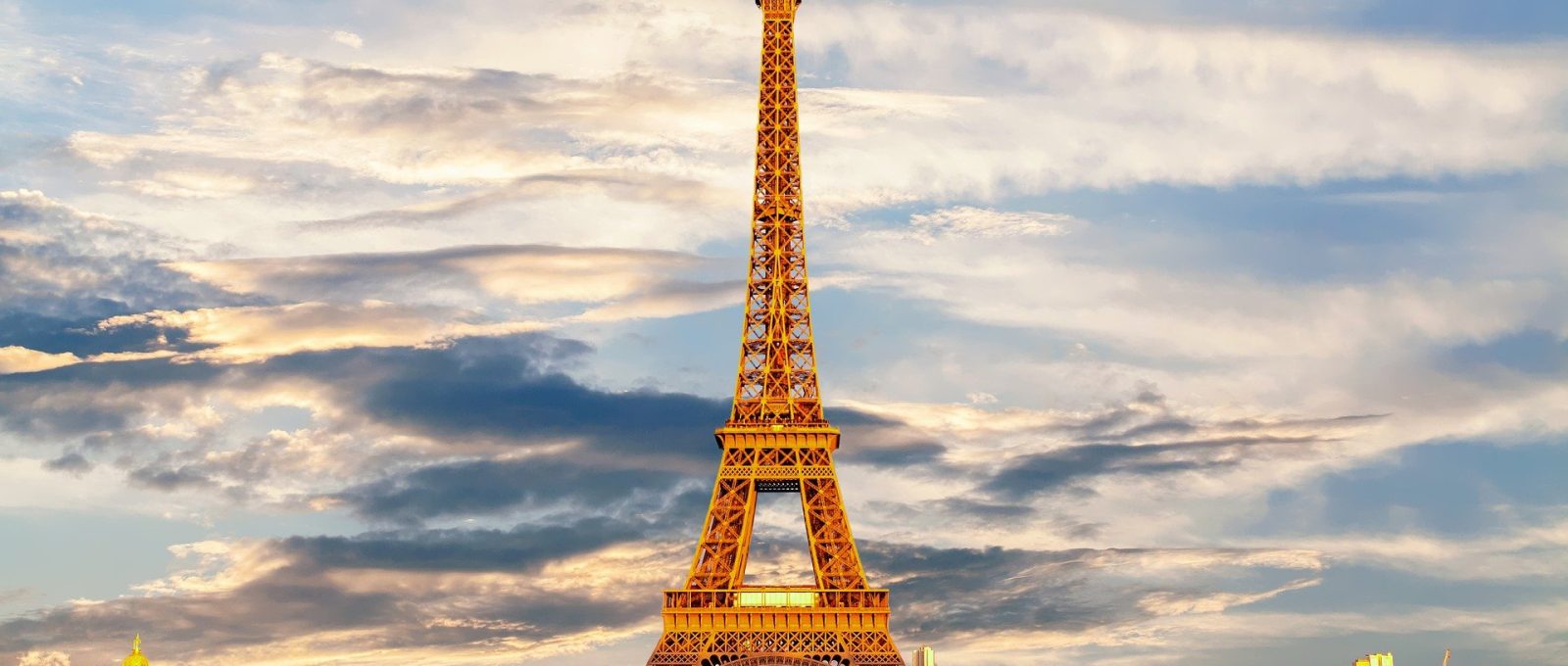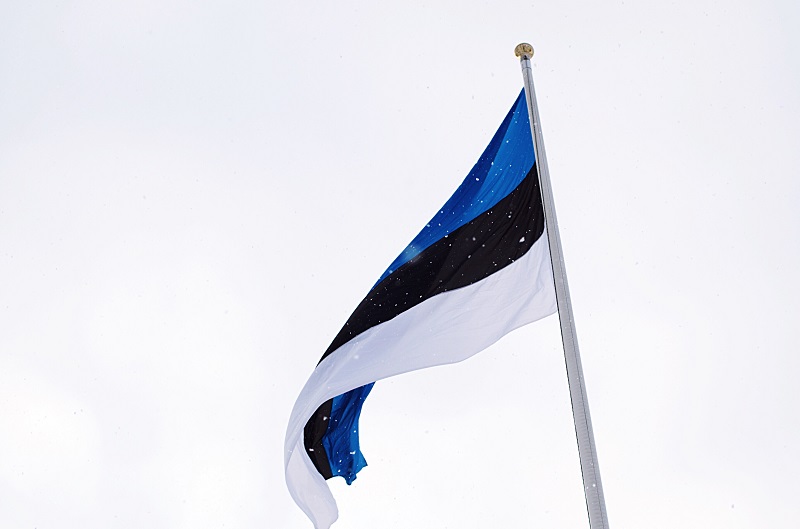Many people know France as the birthplace of the French language, which is the lingua franca in many countries around the world. For others, France is known for being home to the Eiffel Tower, one of the most recognizable structures in the world. Others know the country for its history as one of Europe's colonial powers in the 19th century and for the French Revolution in the 18th century. However, there are many interesting facts that few people know about the country.
1. France has the second longest railway in Europe after Germany.

The country's rail network consists of 18,580 miles of rail lines, a length that is exceeded in Europe only by the German rail network. Double-track railways make up the bulk of the rail network, with a total length of 10,218 miles. 1,166 miles of the rail network are dedicated to high-speed lines. The French rail network connects the country with neighboring countries, including Italy, Spain, Luxembourg, and Switzerland. The rail network is expanding and connects to England via the Channel Tunnel. Rail systems in France account for only 10% of the total passenger traffic in the country. Rail transport in the country is operated by SNFC, the country's national rail company.
2. France had a monarchy

Before becoming a republic, France was known as the Kingdom of France. The monarchy existed for 861 years between 987 and 1848, a period that far exceeds the period in which France was a republic. Before 987, there were earlier dynasties in the region that correspond to modern France, known as the Frankish empires, and had monarchies dating back to 486. The first dynasty was the Merovingian, a Salian dynasty of the Franks. The monarchy in modern France was established in the 10th century, with Hugh Capet as its first king, reigning between 987 and 996. The last of the French monarchs was Emperor Napoleon III, who reigned until the monarchy was abolished on September 4, 1870.
3. There is only one stop sign in Paris.

Missing a stop sign is less of a concern for Parisian drivers because there is only one stop sign in the entire city. The unique sign is located in the 16th arrondissement of the city, at the exit of a construction company building. According to Reader's Digest, the only stop sign in Paris disappeared between May 2012 and September 2014 and has not been returned. It is unclear whether the sign was stolen or was allowed to be removed. Therefore, there are currently no stop signs in Paris in the entire city. The only other places where drivers are required to stop are the many traffic lights on the Parisian road network. Although there are no stop signs in the city, there are many other signs throughout the city that plunge the streets of Paris into chaos. The most common sign is a red circle with a line in the center, meaning "Do Not Enter", a sign indicating a one-way street. There are also other "No Left Turn" signs.
4. French cuisine is one of the most influential types of cuisine in the world.

Although the global popularity of French cuisine has declined in recent years, it remains one of the most influential types of cuisine in the world. The cuisine is present in almost every major restaurant in the world. In recent years, the country has sought to revive the primacy of French cuisine in the world by hosting a major culinary event known as "Good France", which offers the best of French cuisine.
5. France is home to incredible historical caves

The Lascaux Caves are one of France’s top tourist attractions and have even been declared a UNESCO World Heritage Site. What makes the caves special is that they contain some of the best-preserved prehistoric cave paintings in the world. The paintings provide insight into prehistoric France and show that lions, rhinos, and hyenas once lived in France. Despite the cave paintings dating back 30,000 years, the attention to detail in the caves is astounding. Open to the public since 1948, replicas of the Great Hall of the Bulls and the Caves of the Painted Gallery were created in 1983 to allow tourists to explore the site while preserving the prehistoric paintings.
6. France receives more tourists than anywhere else on Earth.

Tourism is an important economic pillar of France, accounting for approximately 9.7% of the country's GDP. In 2013, the country received approximately 85.7 million foreign tourists, the highest number of foreign tourists in the world. No other country in the world reached the 70 million mark, with the United States attracting 69.8 million visitors. Over 6.2 million foreign tourists come from Switzerland. France borders eight other countries, making it easy for tourists to enter the country. However, Germany borders nine other countries, while China and Russia share borders with 14 countries and are not close to France.














Оставить Комментарий